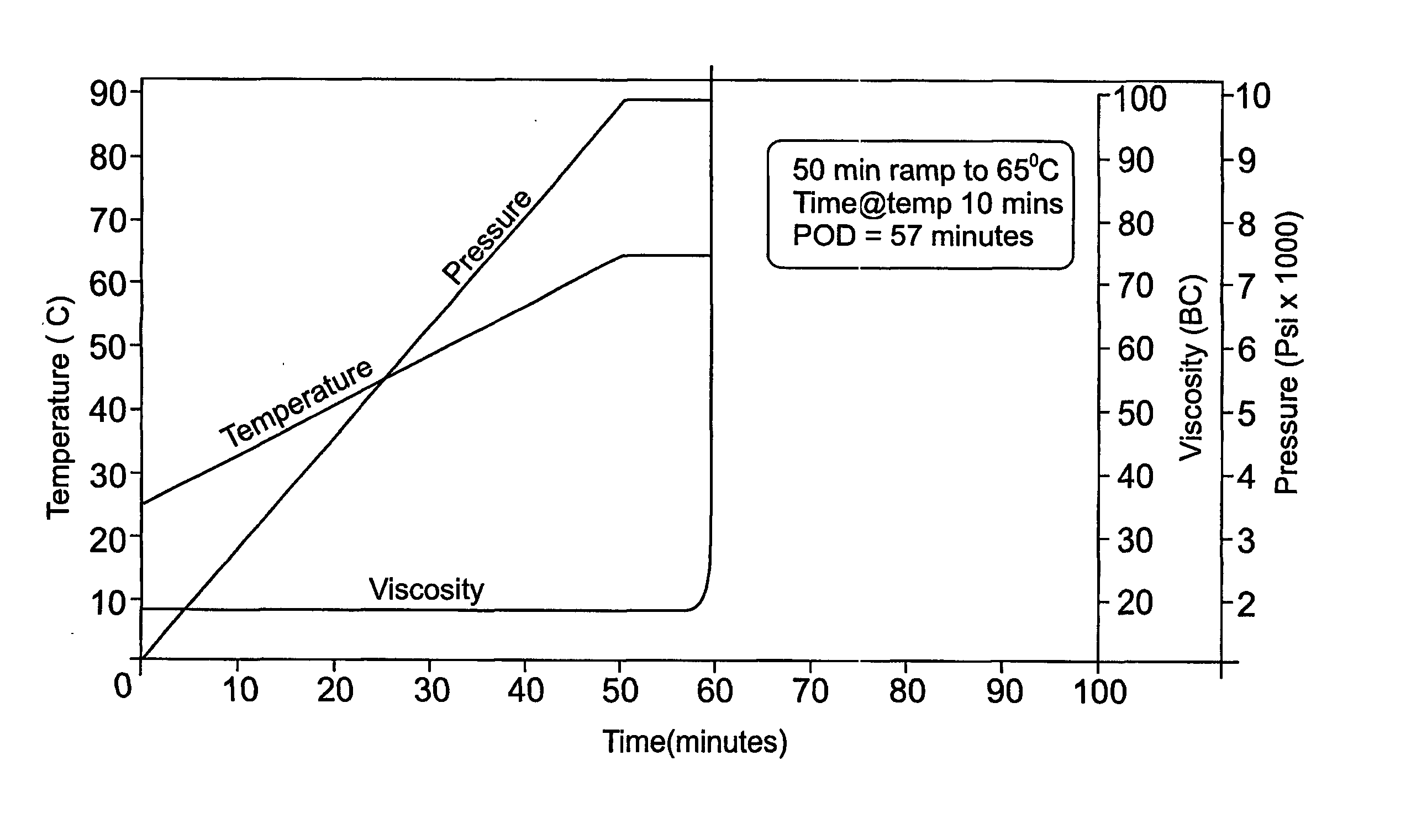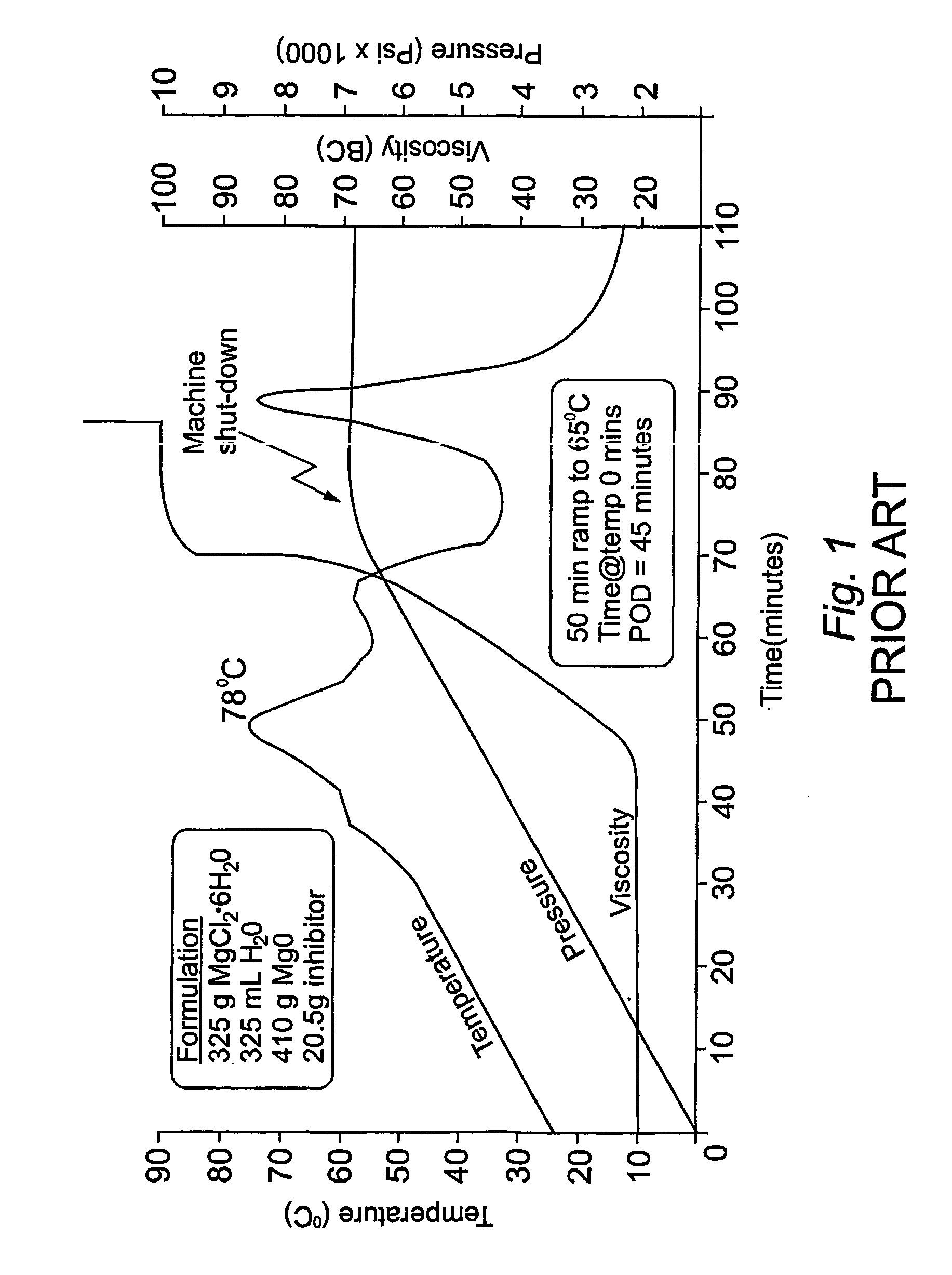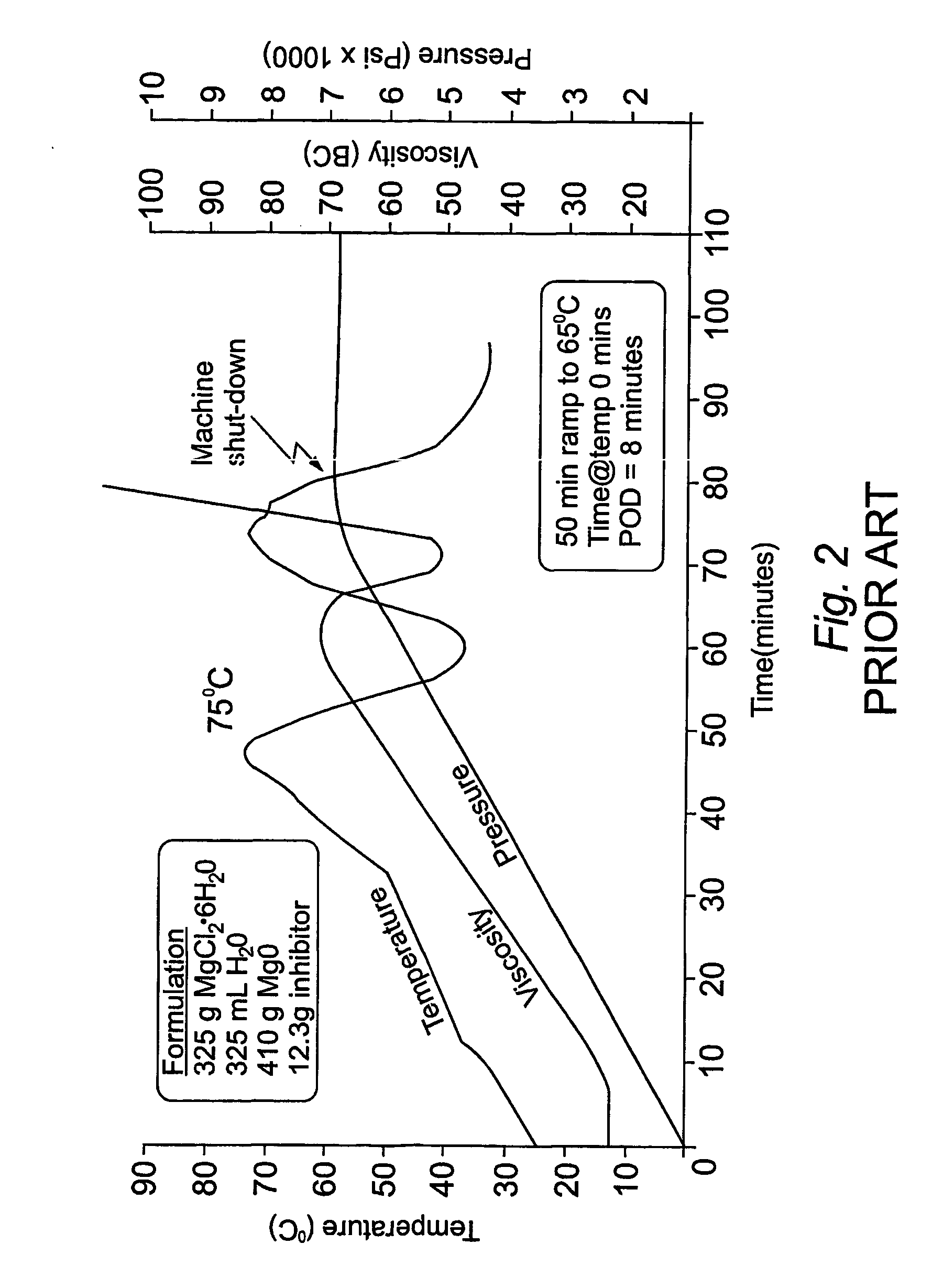People and businesses in the oil and
gas industry and, potentially, any industry involved in drilling into earthen formations, confront a number of important problems with respect to extraction of
hydrocarbon fluids, gases, and other materials from underground reservoirs.
These problems include, among others, the need to prevent the escape and loss of underground fluids and gases which are driven under pressure from the earthen formations and into the wellbore, the need to avoid
contamination of, and damage to, the earthen formations and subterranean fluids and gases surrounding the wellbore, the need to seal wellbores in a manner which is noninvasive to the surrounding earthen formations upon completion of the drilling operation and the need to control the drilling apparatus so as to properly position the wellbore.
Control of the movement of underground fluids and gases into the wellbore during a drilling operation represents a particularly significant problem, both with respect to economic and safety-related issues.
As can be readily understood, the loss of these materials and the potential damage and contamination which can be caused by the uncontrolled flow of these materials is economically undesirable.
Moreover, uncontrolled loss of flammable
hydrocarbon materials from the pressurised production zone, can result in a condition known as a "wellbore blowout."
A wellbore blowout is highly undesirable because of the potential fire and
explosion hazard created by the uncontrolled flow of flammable fluids and gases from the wellbore.
However, these
drilling fluid systems are not complete solutions to the problem of unwanted fluid and gas loss from the wellbore.
These
drilling fluid systems are disadvantageous because they limit, but do not fully prevent, hydrocarbon loss.
Drilling fluids are ineffective in forming a complete seal along the wellbore walls because the
filter cake is permeable and is subject to dynamic
erosion by the continuous circulation of the
drilling fluid.
In highly permeable earthen formations, this
erosion can remove any
filter cake and erode the surrounding earthen formation resulting in very poor seal formation during casing operations due to "wash-out," or enlargement, of the wellbore.
However, these
cement systems have important disadvantages with respect to their use in wellbore operations.
These limitations are due to the inherent physical properties of such materials and, importantly, their slow phase transition from a flowable to a
solid state.
The cumulative loss in
hydrostatic pressure can allow a sufficient influx of gases or fluids into the wellbore to cause an undesirable wellbore blow-out.
The channels are highly disadvantageous because they allow leakage of gases and fluids through the channels even after the wellbore casing has been set and cemented.
Such channelling often requires the use of expensive remedial
clean up, fracturing or squeezing operations.
Not only are these prior art drilling fluid and
cement systems incomplete solutions to the problem of preventing unwanted fluid and gas loss but they may also contribute to contamination and damage of earthen formations surrounding the wellbore and the fluid and gas reservoirs themselves.
This type of contamination can occur because the use of drilling fluids is a dynamic process which can cause continuous fluid invasion of the permeable earthen formations surrounding the wellbore as the fluids are circulated within the wellbore.
Once in the formations, the drilling fluid can then invasively interact with that formation to cause swelling, or dispersion, of reactive shales, or
washout of unconsolidated sands, all of which can lead to
wellbore instability and contamination of the surrounding hydrocarbon reservoirs.
Cement systems can also cause invasive contamination of the surrounding earthen formations, particularly as the cements are forced back into the formations by the
hydrostatic pressure of the wellbore fluid column.
Such contamination typically occurs during the time that the
cement is in the gel, or flowable, phase.
The fluid forced back into the formation can cause problems such as water-
wetting of preferentially oil-wet formations resulting in water blocking of the hydrocarbon fluids and gases.
It is well known and documented that such fluid filtrate invasion can cause damage to hydrocarbon-producing formations, or reservoirs, resulting in reduced production and / or expensive attempts at remedial operations to either remove, or bypass, the damage.
This condition can contribute to the undesirable loss of control over the flow of fluids and gases from the well bore.
These Portland-type and
magnesium oxysulphate-based cement systems also have disadvantages with respect to removal of the hardened cement from the wellbore periphery--potentially resulting in further damage to the earthen formations.
However, HF is undesirable because it can leave damaging deposits as a by-product of acidization.
However, acid
solubility is irrelevant if the acid cannot come into contact with the cement or drilling fluid
particulates.
Invasive setting of concrete is a particular problem when seeking to reopen a wellbore which was sealed and closed for any reason.
The well cannot be fully reopened by drilling out when the concrete has migrated back into the formation and the
solvent solution cannot contact and solubilize the cement.
These
magnesium oxychloride cements have not been used in wellbore operations for many reasons including the inherent unpredictability of their setting properties.
This is a major failing of these types of cements because operators must be able to calculate the amount of time that they have to work with the cement before it becomes a
solid mass so as to be able to fully seal the wellbore or position equipment in the wellbore.
Specifically, when certain magnesium oxychloride cements are subjected to an increasing temperature / pressure gradient, they can become exothermically unstable.
These cements are less than satisfactory precisely because the phase transition reaction occurs quickly, and without a predictable control parameter allowing predictable setting times. The reaction is so rapid that it is difficult to predictably control the setting of the cement even with use of retarding or accelerating compounds.
In addition, certain of these magnesium oxychloride cements can have low compressive strengths and may degrade under conditions of
high pressure.
The gel phase is subject to all of the foregoing disadvantages including the disadvantages associated with invasiveness and channelling.
Therefore, magnesium oxychloride cements have been deemed unacceptable for use in wellbore operations.
Yet another problem confronting the drilling industry involves the need to control the drilling apparatus in order to locate the wellbore in a predetermined position.
A major problem can arise following this operation.
Dog legs are problematic when running the
drill string in or out of the hole.
If the formation in the build section is soft, unstable or unconsolidated it can be eroded or "washed out" by the wellbore circulating fluids pumped down hole under pressure.
In addition, any kind of fluid or gas influx in this area will exacerbate the tendency to wash out this area.
Major difficulties can then be encountered when running in or pulling out of the hole and the drillstring may become stuck.
The problem then often arises of drilling out the cement "on track," that is maintaining the same direction and angle as the original wellbore.
When Portland cements are used, the
drill string has a tendency to
drill-off, or kick-off, the hard plug into the surrounding softer formation.
In severe cases, the
resultant dog legs in the wellbore can cause severe drag when running in or out of the hole and it may be impossible to run casing.
As discussed, Portland type cements are often unsuitable for such an operation because of the
hardness and chemical characteristics of the cement.
 Login to View More
Login to View More 


